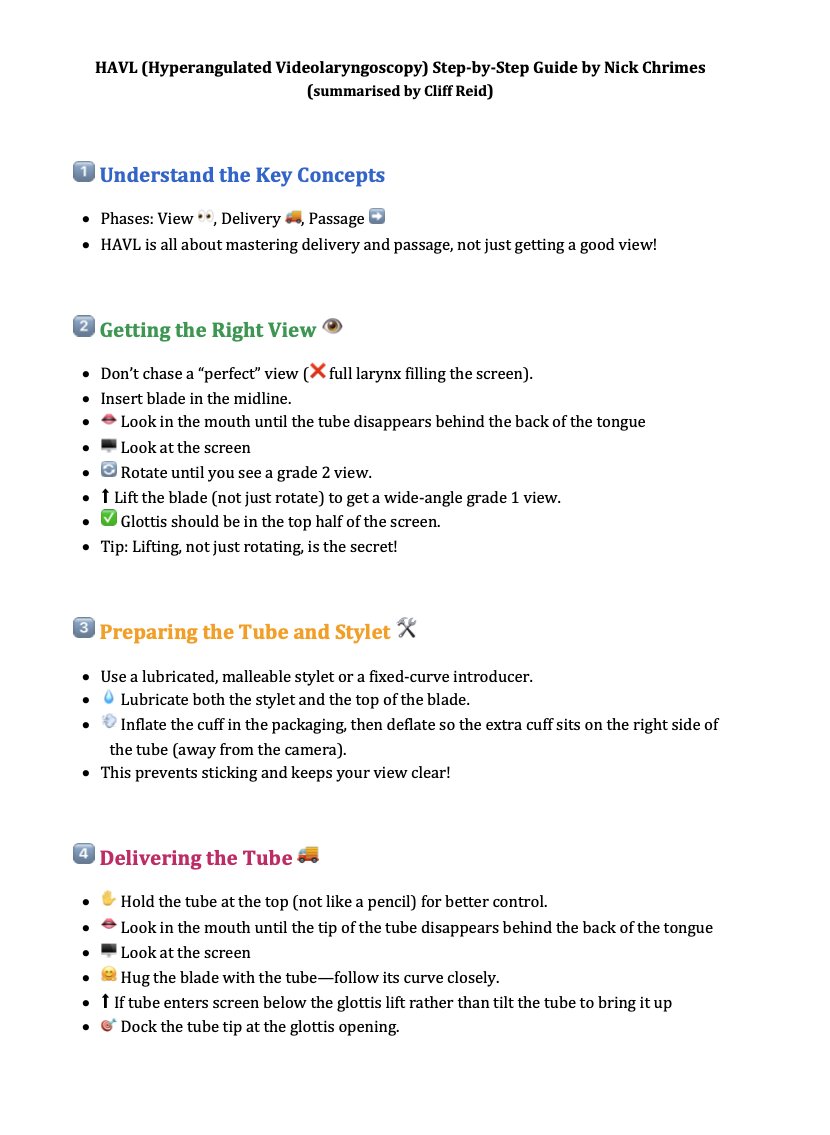So who's coming to #EMSWolfpackFightclub at #SMACC on 26 March? Would be good to have an idea of numbers
https://twitter.com/jrparamed/status/1105021031373189123
@HumanFact0rz are you in?
@jrparamed are we welcoming novices? Would be good to offer a taster
• • •
Missing some Tweet in this thread? You can try to
force a refresh
















